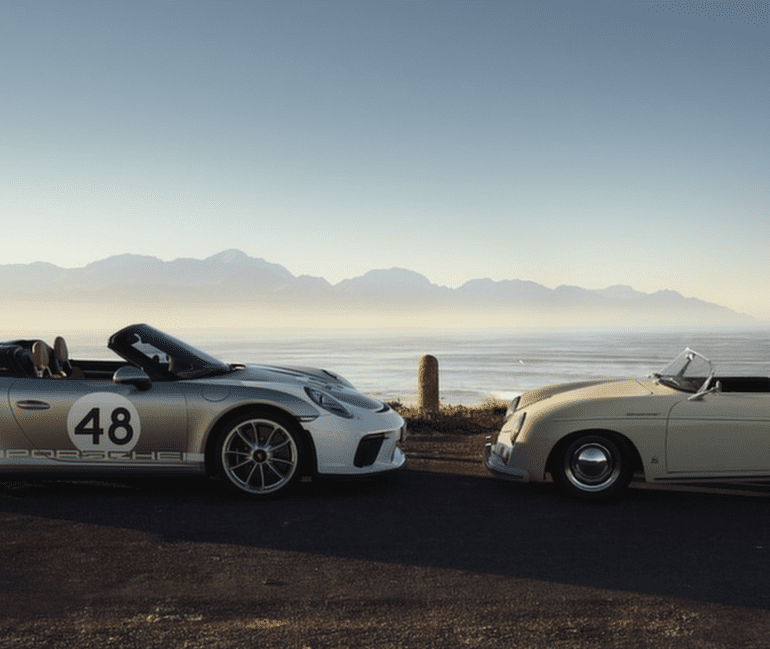The Ultimate Guide to the Porsche Speedster – History, Variants & Much More
Just as the final 911 Speedster heads to auction we thought it would be a good idea to take a step back and look at all the Porsche Speedsters over the eras. This is our guide to the Porsche Speedster models, every one ever made and everything you wanted to know.
It started with American sports car importer Max Hoffman who saw a hole in the Porsche lineup for a stripped down version of the sports car that could function both for regular use and for an occasional trip to the race track. He thought the machine would appeal especially to buyers in the Southern California market.



